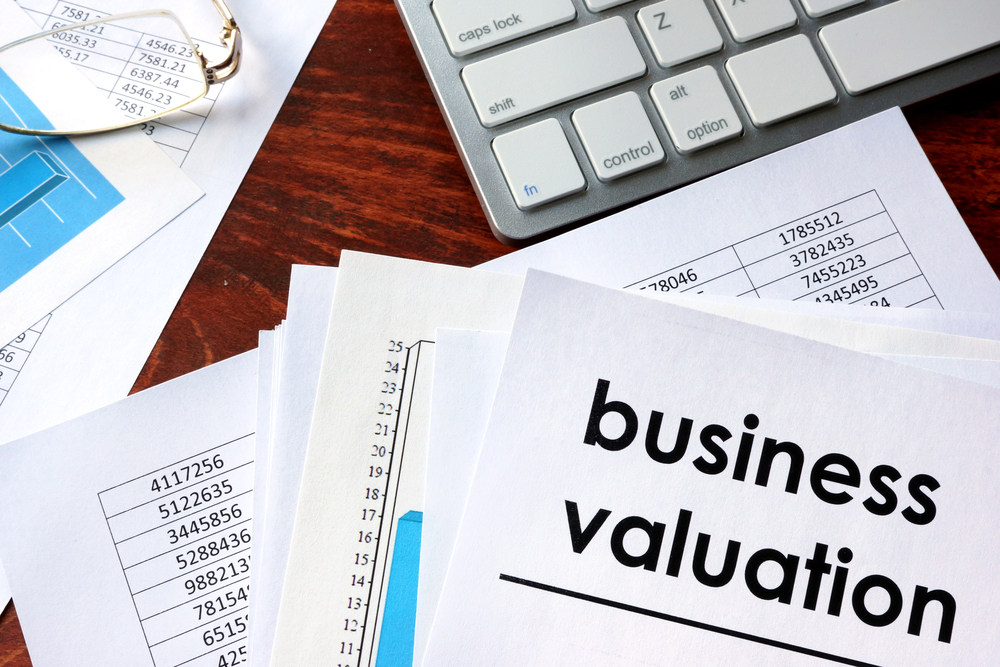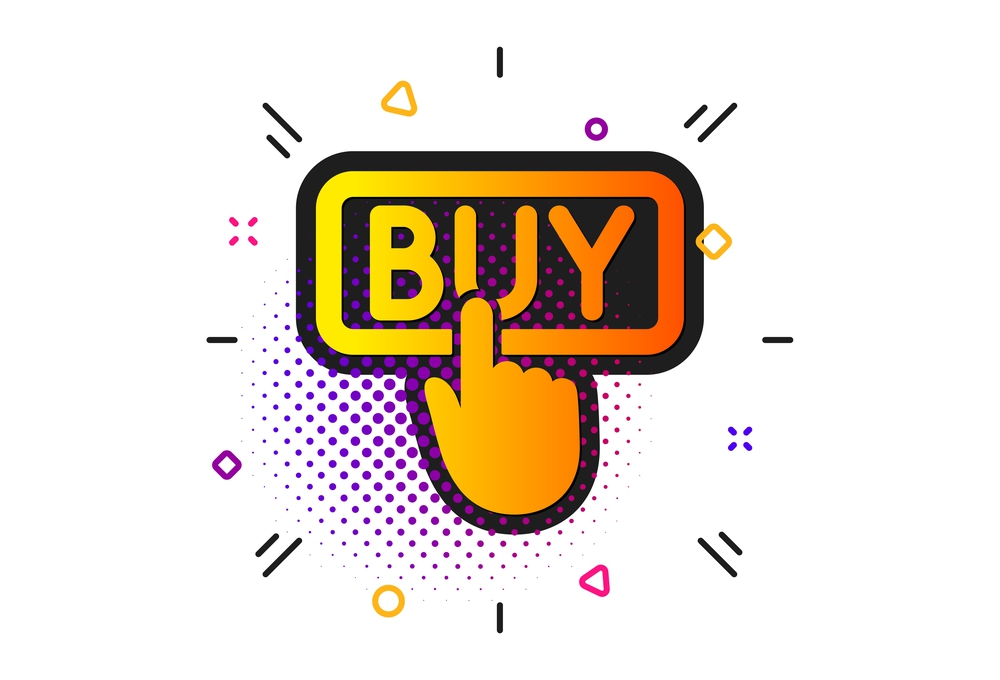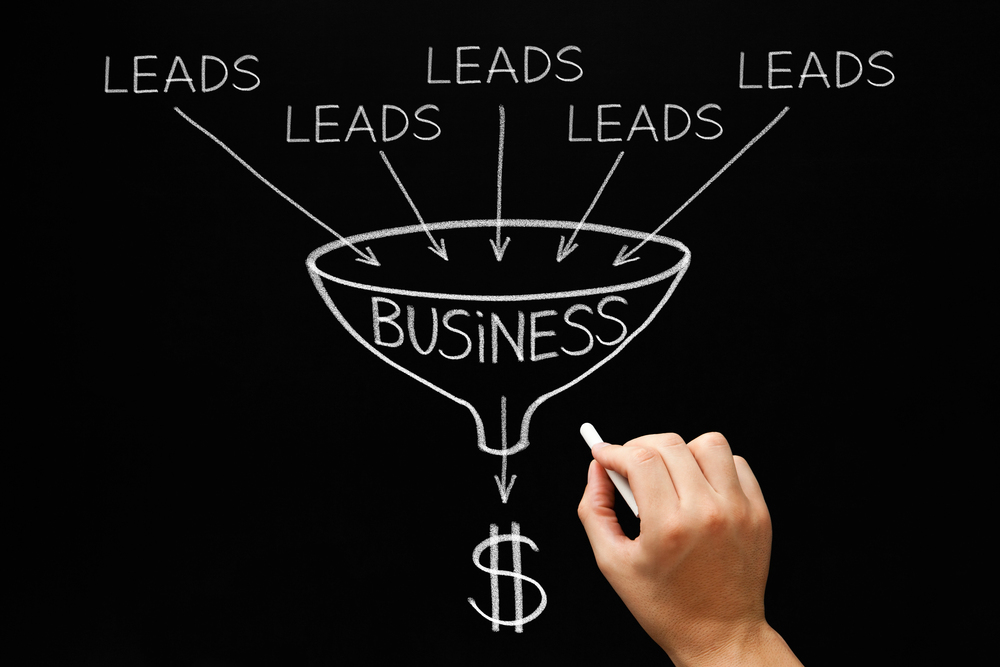
Company Valuations Part 1: What Makes a Subscription Business Sellable
Nov 1, 2021 3 minute Read
At some point in every business owner’s life, they’ll want to sell their business. Whatever the reason is, each proprietor comes to this conclusion eventually. It’s good practice to know what makes a business sellable, especially a business is your vertical, long before you reach the point of sale. This way, you can prepare yourself for who to contact, what metrics to use, and how to position your business in the most attractive light possible.
We sat down with Lane Gordon for a chat about company valuations. He owns the company 733 Park, which is based out of Boston and handles mergers and acquisitions within the fintech, SaaS companies (software as a service), and payments industries. Basically, recurring subscription revenue industries, and there’s a good chance your own business fits in here quite well. Read on, watch the stream, or listen to the podcast for insight into selling your business and getting the right valuation for it.
The Purpose of Company Valuations
There are many reasons why a company would want to receive a value assessment, so before we get into the Q&A, let’s go over quickly what those reasons might include.
One of the most popular reasons a business owner gets a value assessment is because they want to sell their business, but it isn’t the only reason. You can use the information from the assessment to make your business more sellable, sure. But you can also use it to gain further investments and grow. It doesn’t have to be part of your exit strategy. The information you gain can help you get to know your business from another perspective so you can achieve the goal you’re reaching for. Growth, sale, transfer, repositioning. It’s all a possibility.
How Brick-and-Mortar Businesses Differ from eCommerce Businesses from a Valuation Perspective
It’s commonly misconstrued that online businesses get a higher valuation or that they have additional value. We like to imagine this to be true because the world is increasingly becoming digitized. It makes sense to think that if a business operates in the cloud, then it has more value than one on the ground. Instead, it depends much more on recurring revenue.
Recurring Revenue for Brick-and-Mortar Versus Online
Online, annual recurring revenue is easy to visualize. Subscription business models are almost synonymous with internet-based products like Microsoft Office, Adobe Creative Cloud, SaaS platforms, media streaming, and even subscription-based personal care. It’s also easy to think brick-and-mortar stores don’t have this type of revenue because people can simply stop going to a store to buy a particular product.
However, the recurring aspect of a brick-and-mortar store is not in the products, itself. Instead, it’s in consistent growth of year-over-year (YoY) in both top-line revenue and EBITDA (earnings before interest, taxes, depreciation, and amortization). Consumers also inherently trust a store on the ground more than one online. They can actually see the value. If a store owner pays the rent, sells the products, and organizes a storefront, then it’s more than likely a real store.
Contrarily, consumers need to be convinced that an online store is trustworthy and valuable. Online businesses can do that by maintaining positive reviews, not a lot of complaints, and consistency in products and services (including delivery). There’s no sales rep welcoming them inside the store and offering assistance. There’s no other customer around giving them security. In some ways, e-commerce businesses have a harder time gaining high valuations. But online stores can better differentiate their pricing structure, offering pricing tiers, and more easily upselling, cross-selling, and utilizing an updatable customer experience to their advantage.
What Is EBITDA
We mentioned EBITDA in the previous section and would like to clarify what that is. EBITDA is a measure of profitability that is designed to remove the effects of taxes, debt, and unusual expenses in order to evaluate financial performance.
EBITDA isn’t what you report to the IRS or tax authority of your country/region because the objective of those numbers is to net down as much profit as possible. Instead, EBITDA measure core profit trends by eliminating extraneous factors which allows you to estimate cash flow.
What A Business Owner Should Look for to Ensure Future Salability
First and foremost, when looking to sell a business, it should be viewed as an asset. Every business also has a monthly income stream (or it should, at least). That stream is an asset. It’s difficult for a lot of people to detach themselves from their businesses, especially when that business stems from a passion project. But to get a proper company valuation, you need to make that separation. You are a business owner and your business is an asset; that’s where it starts and ends.
Buyers are looking to obtain your asset, so you need to understand how valuable it is currently and maybe try to increase its value before the sale. Potential buyers will want to see where your company’s stream of income is originating through two things: growth and churn.
Growth
Where is your growth coming from? What’s supporting it? Is it by word-of-mouth, pay-per-click, or something else?
Each of these pathways has its own value that could appeal more to one buyer over another. Some buyers might prefer a simple handover of your ad space manager, essentially taking the reins of your PPC revenue stream. Others might view that as too risky, since if there’s a problem with the handover, then it can all drop down to zero. Growth also involves how many new customers you obtain.
Growth also looks at your average revenue. In the subscription economy, growth rates might suffer due to your industry, but they could also soar. Subscription pricing is appealing to a lot of people. And that’s partly due to the idea of being tied down to one company for an indefinitely period of time. You might hover around a certain number of customers due to your business model, and that’s okay. Some services are more appealing as a subscription. Streaming services like Netflix, meal kits, and SaaS products are all great for charging on a regular basis.
As long as revenue and customer base sees some type of growth and you know where it’s coming from, then your business will be appealing to buyers.
Churn
Take a look at your client base. How often is it changing? What’s going on with your customer retention? Customer churn can be represented by growth and replacement. Both views are be attractive.
Buyers will likely view churn from two standpoints: by how many clients have dropped off over the past year (or some amount of time), and by how many clients you have in total. It’s difficult to definitively say what will be attractive to a buyer because you could have a smaller pool of clients who are in it for the long haul or you could have a large number of clients who come and go.
That leads into the next factor: how your clients are bound to your business. You could have a low churn rate, but your clients are signing multi-year contracts. That’s appealing to buyers because it shows the value of your business. If a customer is willing to sign on for years, then you must have a good service going.
Counterpoint: if a business doesn’t have long-term contracts—or any contracts—with clients but also doesn’t lose any of them YoY, then that can be equally appealing.
How Buyers Judge Different Kinds of Businesses, Namely B2B and B2C
The business valuation process differs for every business, just like how a buyer views can change depending on the type of business they’re looking at. Some buyers are drawn to B2C, others are drawn to B2B.
Here are a few examples to give you a better picture:
- For supplement sellers (B2C), it’s normal to have clients stick around for 6 months or so, so churn rates are more likely higher in this industry. The customer lifetime value comes from the product as opposed to the store. The same can be said for course sellers or crypto businesses, where customers hop from one shop to the next quickly.
- For SaaS merchants (B2B), it’s abnormal for clients to leave before 6 months because that implies there’s something intrinsically wrong with the service. The brand is the service and is meant to have maybe a small number of clients but ones who subscribe for long periods of time.
B2C businesses that grow YoY can have a great valuation, even without monthly subscription boxes, subscription services or a higher churn. However, B2C will need a much larger customer base to offset the churn percentage.
B2B businesses have monthly recurring revenue models that often safeguard their service, but that doesn’t always mean they’ll receive a higher valuation. It, too, depends on churn rate.
There’s also the factor of customer acquisition costs. If you churn rate is acceptable but the cost of acquiring a new customer is high, then how does that affect profit? For some businesses, it’s better to maintain good customer relationships and try to keep existing customers on rather than put all the effort into obtaining new customers.
Let’s say there’s a business with 10,000 customers. If that business is B2C, the company will be viewed by buyers as valuable if they can maintain that number or increase it, even if customers come and go. Here, it’s based more on maintaining profit because each customer carries similar weight. If that business is B2B, then the buyer will want to ensure the risk is spread across many of those customers. If only 100 customers carry 80% of the revenue, then it doesn’t bode well if one of them leaves. Churn and revenue need to be stabilized across the board before selling the business.
Interested in More About Company Valuation?
Stay tuned for Part 2 of our interview with Lane Gordon as we leave you on this cliffhanger. Next, we’ll cover when the best time to sell is, how company valuation works for high-risk businesses, and how a business owner can get an idea of their company’s worth. Predictability is a key factor in forecasting predictable revenue, pricing models, and how successful subscription companies or any B2B/B2C company will perform in terms of valuation.





2 thoughts on “Company Valuations Part 1: What Makes a Subscription Business Sellable”